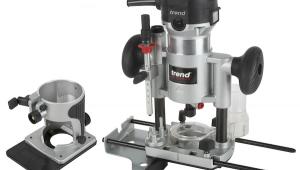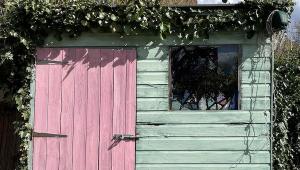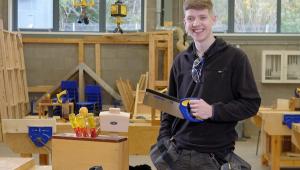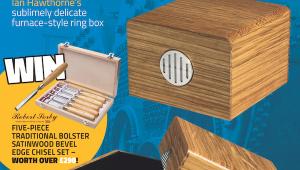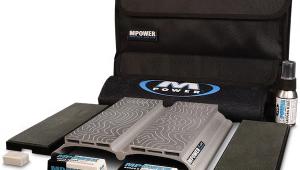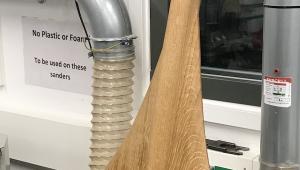A new concept to stimulate innovative design

On the 21st of October meet the 18 designers launching with the platform and see their products. Designers such as: Floris Wubben, Marc de Groot and Lizan Freijsen will be available for interviews as well as the CrowdyHouse initiators.
A new concept to stimulate innovative design: CrowdyHouse. This platform is a unique combination of crowdfunding and retail. Giving designers the possibility to self-produce their work and allowing consumers to buy unique design in a transparent manner. CrowdyHouse is launching during the Dutch Design Week, October 21st, in Eindhoven.
When you have a good design as a designer, it's surprisingly difficult to get financing for the production of it. What CrowdyHouse does is loosely based on the popular crowdfunding principle, but adds a dimension. Investors are also aspiring buyers. Their funding enables the designer to start producing. In return for funding the product upfront they will get the design they helped put into production. On CrowdyHouse.com, the renowned designer Marc de Groot offers his Helix Light, a strongly geometrical shaped ceiling lamp, which splits a line of light into the shape of a three-dimensional Helix. Rebob offers a sympathetic porcelain birdhouse, shaped like a bird's head. Renate Vos designed a table lamp of concrete, which sounds heavy but appears fragile and subtly spreads light.

'The idea for CrowdyHouse began at the Salone del Mobile in Milan,” says Mark Studholme who, together with Suzan Claesen, founded the platform. 'We were surprised about how little a designer earns if his design is taken into production by a large manufacturer. It can be just 5 percent of the wholesale price that goes to the designer.'
Democratic design for an honest price, is one of the principles of CrowdyHouse. Democratic because the consumer decides which design gets produced by funding it. And honest because the money that is earned fully benefits the designer. CrowdyHouse's role is limited to being a mediator. The initiative for the new design platform arrives at a time where the creative industry boils of good ideas, but all sources of financing have been depleted. The government is handing out increasingly less innovation grants. Banks don't spend any money on young entrepreneurs. 'CrowdyHouse can be a crowbar, a party that fills the void between a good idea and the lover of design', according to Studholme.

The dozens of products being offered on CrowdyHouse.com are mostly meant for home interior use and vary in price from 65 to 3000 euro. Those who like the product and its story deposits their funding upfront. The site can then be used to track the popularity of a product, how long it will take before production starts and what the money will be used for.
The designers at Vilt aan Zee want to use the investment to purchase a sheep which they can use to produce wool for a lamp. Carpet designer Lizan Freijsen needs a small storage space before she can close a good deal with a textiles lab which produces carpets made from lichen. Each designer needs a small push. Design consumers can provide this small push on CrowdyHouse.

Stimulating unique design through crowdfunding, is the core of what this new platform does. 'We offer products with a story from the designer', says Studholme. 'This gives funding and ordering at CrowdyHouse a very special dimension.'
Photographs courtesy of V2
- Log in or register to post comments

